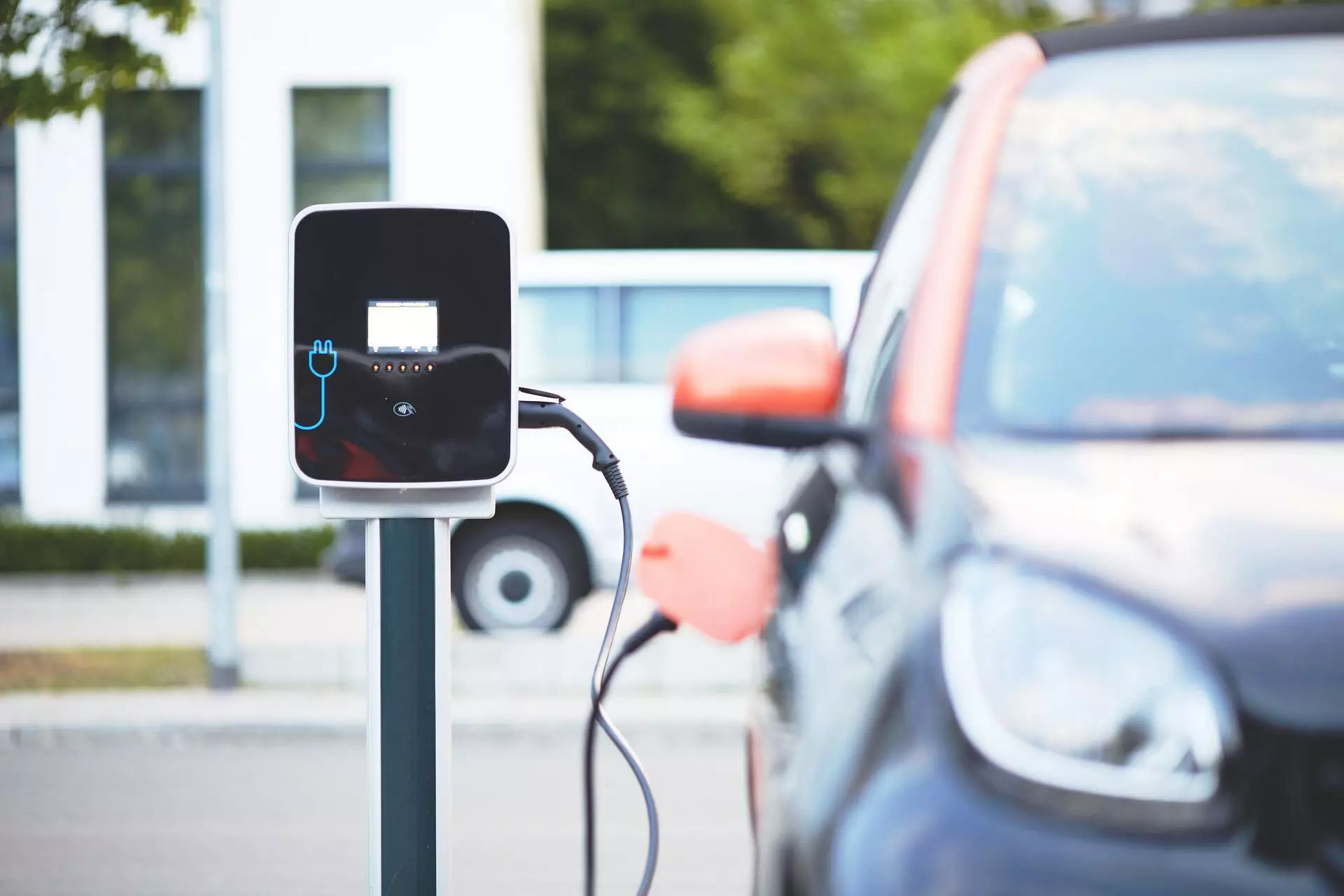As climate change precipitates more extreme weather events, the significance of electric vehicles (EVs) and their supporting infrastructure is becoming glaringly evident, particularly in regions like Florida, which faces recurrent hurricanes and severe storms. With concerns about fossil fuel reliance mounting, the transition to electric mobility is crucial not only for environmental reasons but also for finding viable solutions after natural disasters. This backdrop sets the stage for an urgent examination of how EV charging systems can remain functional during and after such calamities, as outlined in recent research from the University of Florida (UF).
A recent study from UF’s College of Design, Construction, and Planning provides a compelling insight into the resiliency of electric vehicle charging networks during hurricane season. The authors emphasize that the intersection of extreme weather and energy dependence showcases the vulnerabilities faced by these systems. During storms, many challenges emerge, such as infrastructural destruction and limited access to charging stations. Factors contributing to the resilience of these essential services revolve around how well charging stations are connected physically and socioeconomically within their communities.
Research leader Dr. Yan Wang asserts that the processes of proactive planning coupled with dynamic modeling techniques are indispensable for informing the deployment of charging infrastructure. He advocates stress-testing the systems through robust simulations that model worst-case scenarios, which prepares stakeholders for various possible disruptions created by extreme weather. By identifying these vulnerabilities, researchers can devise strategic improvements to ensure these facilities can withstand adverse conditions.
One of the standout revelations from the UF study concerns the concept of interconnectedness. Charging stations that are part of a well-structured network exhibit greater resilience and recover much faster than solitary stations. Moreover, the diversity of users accessing these stations plays a vital role in overall service continuity during challenging circumstances. The collaboration among Wang and his colleagues, including Dr. Ruth Steiner and doctoral candidate Ziyi Guo, reveals how overwhelming the impact of natural disasters can be on charging infrastructure when evacuation routes and emergency responses are compromised.
There exists a significant inequality in access to electric vehicle charging stations. Lower-income populations and older adults are disproportionately affected by these disparities, raising urgent questions about inclusivity in the transition towards electric mobility in underprivileged communities. It is imperative to recognize that even communities that may not directly face flooding can experience detrimental effects on their mobility if nearby stations fail to operate during emergencies. Such systemic inequities warrant immediate attention in urban and rural planning initiatives.
The research underscores the necessity of a comprehensive and equitable planning framework tailored for the future of electric mobility. This requires collaboration among civic leaders, urban planners, and researchers to ensure that all communities, particularly those most susceptible to inequities, gain access to thriving EV charging infrastructure. The authors argue for systemic upgrades that not only expand charging network reach but also ensure that these improvements are distributed fairly across different demographics.
The study also hints toward a more anticipatory model that integrates data analytics and community insights in order to withstand unforgiving weather patterns. By implementing a multi-agent based approach—essentially computer-generated models that simulate interactions—Florida can better predict the impacts of hurricanes on its infrastructure and offer proactive solutions that enhance resilience.
The UF research team plans to extend their investigations to assess electric vehicle charging services and their vulnerabilities in additional regions such as Gainesville. Understanding local geography and socioeconomic nuances is crucial in tailoring plans effectively. This adaptability appears to be a strength of the researchers’ methodology, enabling it to be applied in various contexts beyond the pressing concerns of hurricane resilience.
The insights gathered from this study reveal that promoting electric vehicle usage must come hand-in-hand with fortifying the charging infrastructures against the realities of climate change. By laying the groundwork now and ensuring equitable access to these services, professionals who engage with urban planning will be better equipped to bolster not just mobility but also community resilience in the face of disaster. This multifaceted approach promises a transition to a sustainable future, one that does not forget the lessons learned amid pressing climate challenges.


Leave a Reply